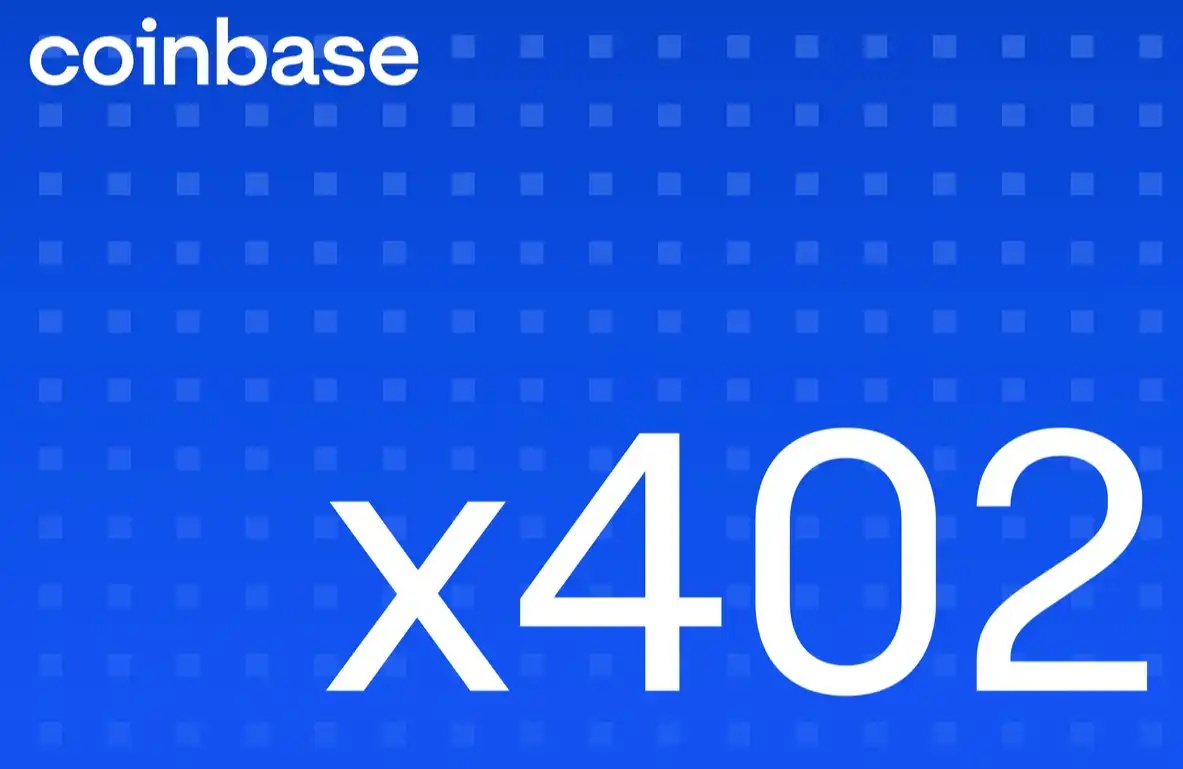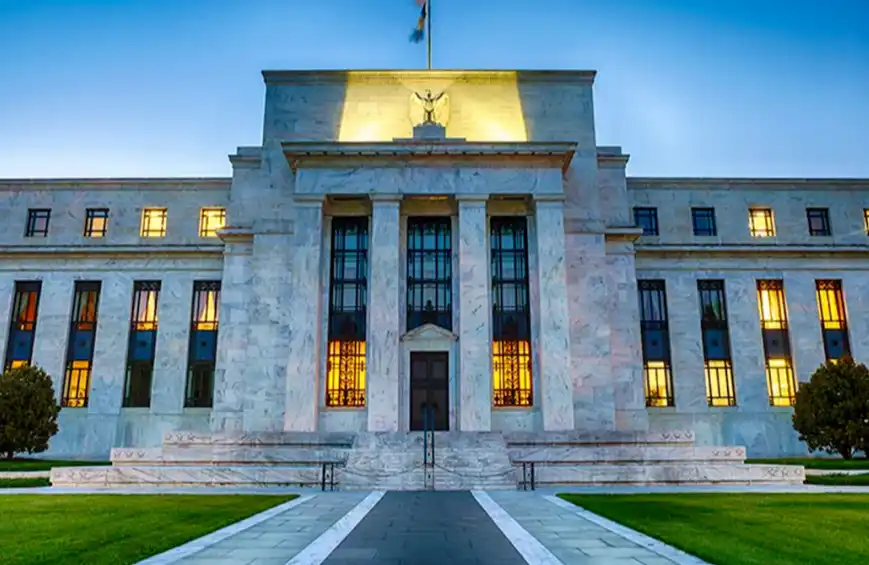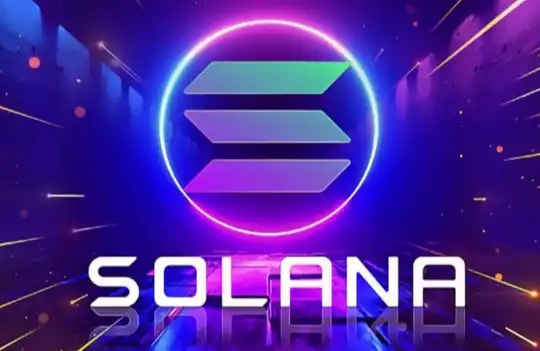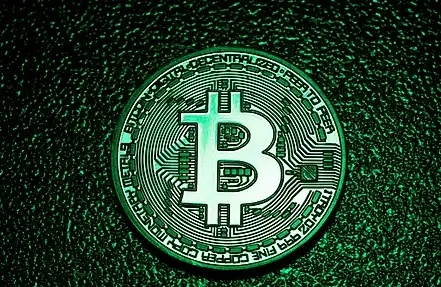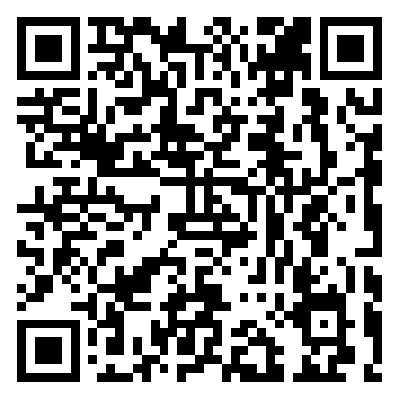Lily Liu's Latest Speech: Everything is Tokenizable, Solana Aims to Become the Future Financial Infrastructure
Source: Lily Liu
Compiled by: Golden Finance
From October 18 to October 22, 2025, the 11th Shanghai Blockchain International Week and Global Blockchain Summit were held in Shanghai. Lily Liu, Chair of the Solana Foundation, delivered a keynote speech at the event. Lily Liu stated that every generation of Internet advancement and innovation has unique hardware and software requirements. The essence of blockchain is assets and financial infrastructure. Solana hopes to build a technical platform for Internet finance to serve as the foundational infrastructure for Internet finance.
Regarding Solana's current development, Lily Liu mentioned that Solana ranks first in the industry in terms of application revenue, first in developer community growth rate, and also first in newly issued assets. She believes that all assets will become digital assets, and "everything can be tokenized." Solana's vision is to tokenize all assets, including blockchain-native assets, traditional financial assets, and emerging assets, transforming these asset classes into tradable, usable, and stakable assets.
Speaking of the development in the Chinese-speaking community of Solana, Lily Liu emphasized that Solana has always attached great importance to the Chinese-speaking community, and has made significant investments over the past two years to support the development ecosystem of Chinese-speaking developers. Solana will continue to support the domestic Chinese-speaking developer community, hoping for more collaboration in payments, DeFi, and the AI sector.
Lastly, Lily Liu emphasized that the future of the crypto industry will have two main application scenarios: assets and international financial facilities. Bitcoin, as the "digital gold," will continue to serve as a major asset, while Solana aims to become the future financial infrastructure.
Below is the compilation of Lily Liu's speech by Golden Finance.
Host: Next, let's warmly welcome Lily Liu, Chair of the Solana Foundation, to give us a keynote speech. Please welcome Lily! Welcome Lily!
Lily Liu: Good morning! I am Lily Liu, and my Chinese name is 刘元立 (Liu Yuanli).
Actually, the first time I heard about Bitcoin was when I was living in Shanghai back in 2013. Today is my first opportunity to return to Shanghai and participate in the Shanghai blockchain conference. I'm very grateful to Mr. Xiao, who has been supporting the industry's development in China for the past 10 years. I also thank the opportunity to participate and support together with HashKey and partners and to share Solana's recent progress, future plans, and development direction in Shanghai.
How many of you have heard of Solana? Raise your hand. Quite a few, right? The community here in China is also very active.
First, let me explain why I became interested in Bitcoin back in 2013 in Shanghai. I had a classmate named Huabili (phonetic), who kept talking about Bitcoin since August 2013, telling me that I must look into Bitcoin. We used to play poker together, and he would always bring up Bitcoin. It seemed like Bitcoin had become a kind of religion to Huabili. I was skeptical at first, thinking it wasn't a very realistic technology.
When I opened the whitepaper and saw the phrase "A Peer-to-Peer Electronic Cash System," I found the concept very intriguing. At that time, the internet was primarily an information-sharing network. In 2014, we saw the emergence of what could be considered the second wave of the internet, a mobile internet. Each generation of the internet has specific hardware and software requirements that drive its advancement and innovation.
Why is it now called Web3? Web3 relates to new developments and innovations involving assets and the internet, each with its own set of hardware and software requirements. Returning to the use of blockchain itself, there are mainly two aspects: blockchain as an asset, where Bitcoin currently holds a clear role by 2025. However, Bitcoin's whitepaper originally stated "peer-to-peer electronic cash system" at the top, not "digital gold." Bitcoin's vision for us was whether it could provide native financial infrastructure for the internet. Blockchain serves as both an asset and a dream of establishing financial infrastructure. I was exploring the technologies around me that could align with this vision.
I remember during 2016 and 2017, there were years of discussion about the Block Size in Bitcoin. Eventually, Bitcoin itself decided that, as an asset, the question was which technology would serve as the technical platform to form the internet's financial infrastructure.
Now, let's address some of the challenges traditional finance is currently facing. Traditional finance is already a rich and complex system with diverse markets. However, what we commonly accept as the prevailing situation is that despite the plethora of assets and markets, everything is fragmented. How is it fragmented? Different countries, banks, companies, and standards all have their own separate systems. Every country, company, and consortium now operates under a different standard. Money and assets, however, benefit from the concept of "network effects," where the more users a network has, the more valuable it becomes.
On the internet, we have all witnessed the power of the "network effect." We often say "money is work business," and the network effect has had a significant impact on some application platforms we have seen, which will also have a big impact on finance.
Speaking of Solana, what was the initial vision? It was to serve technology to finance, to be a technological platform for internet finance, and to be the foundational infrastructure for internet finance. How would you describe it? To integrate all asset classes, integrate all use cases in a mobile environment, that is Solana.
Let's talk about how Solana is driving the internet capital market now. The ecosystem has three layers, usually described as the first being the network, the second being the application platform, the technology platform, and the third being the asset layer. For the ecosystem to develop, each layer must be active, and a crucial point is that each layer can also generate revenue.
First, let's look at some current data. Solana has developed very rapidly over the past few years. Regarding Solana's usage, the daily volume is 2-3 times that of all other chains in the industry combined. Applications on Solana are very profitable, and currently, the applications on Solana have the highest application revenue in the entire industry. The developer community is at the core of every community, and in terms of developer growth rate, it has accelerated significantly over the past few years, becoming the top developer community growth rate since last year. Integrating all assets and markets together, new asset issuances are also top-ranked.
Some specific data, especially in the first quarter of 2025, the Solana ecosystem began to grow very rapidly at the network, application, and asset layers.
Solana is a scalable blockchain that integrates all users, applications, assets, and use cases in one environment. In our industry, we usually compare the performance of this chain with another chain. Our vision is to surpass traditional finance's performance. This year marks the fifth year since the mainnet was launched. The current TPS can exceed 1000 per day if excluding voting TPS. Compared to Visa, which achieves 1700, this means that we are already approaching the leading traditional financial platforms like Visa and Nasdaq. We can correspondingly perform well with large networks and enterprises.
At the network level, the emphasis is on continuously increasing bandwidth, reducing latency, and there will be many technological advancements this year and next year. Currently, the performance is completing a block in 400 milliseconds, with a transaction fee of only 0.0005 per minute, which is already a leading performance in the blockchain industry. However, we are not satisfied; to truly become the infrastructure for native internet finance, advancements need to be made at the technological and network layers.
What is the use case scenario for this usage example? We believe that all assets will become digital assets, where "everything can be tokenized." Traditional finance currently has a $500 trillion asset size, with only a small portion transitioning to the blockchain in the past year, usually through Money Market Funds. Initially, the blockchain infrastructure was not thought to serve only one ecosystem of assets or just native blockchain assets. Currently, there are approximately 4 trillion of native blockchain assets, although there may have been a slight decrease due to some events two months ago. The blockchain is now facing a small range of assets, which should be the industry's goal.
If all assets are tokenized, where will these assets be used? We believe it will be in the "everything market." Our vision is to tokenize all assets, including native blockchain assets, traditional financial assets, and entirely new assets, such as gaming assets like Pokemon cards, which are a popular market and can also be tokenized to become a tradable, usable, and collateralizable asset on the blockchain.
When comparing Solana to these financial companies, let's take some examples from Europe and America. Solana has only had five years of development time, with approximately 80 million active users per month. Compared to long-established partners like PayPal with about 400 million monthly users after 30 years of development, we hope not to take 30 years to reach such a scale.
Let's first talk about the progress and data of the developer community, which greatly emphasizes attracting new developers. A community has two main resources: talent and capital. This requirement is the same as for any economy, any company, or any entity. By 2024, 7,500 new developers were attracted, and developers in the Solana ecosystem also received significant economic benefits. By 2024, ecosystem application revenue reached $33 billion, fundraising reached $89 billion. In fact, Solana itself only raised $30 million, which is a large number, but what Solana raised was only a small part.
There are now over 2,000 applications in scope, and the new Solana Seeker mobile app has already introduced hundreds of apps. Not only developers are participating in our ecosystem, but many enterprises are also joining, especially now focusing on stablecoins and other usage scenarios to join the Solana ecosystem.
We are currently the fastest-growing platform. Why has Solana always placed great importance on the Chinese-speaking community? This is because we started with payments. If we talk about payments only, especially the Chinese-speaking community domestically is leading in this aspect. Seeing a population of 1 billion and the concept of "Super APP" created over the past 15 years, who pioneered it? It was domestically created, as the domestic payment ecosystem is very unique.
What is Solana's focus in the Chinese-speaking region? Over the past two years, a lot of effort has been put into supporting the developer ecosystem in the Chinese-speaking region. We will continue to support the developer community here, especially hoping for more cooperation in the payment, DeFi, and AI tracks.
In the future, Solana's position in finance can be compared to what Netflix is to entertainment and Amazon is to e-commerce. With this comparison, it can be said that Solana reached a $100 billion market capitalization in the shortest time. It took Solana only four and a half years, while Apple took 30 years, and Google took 8 years. Achieving this progress in just 5 years since the mainnet launch, we believe the next five years are also very promising. What do we rely on? We rely on our network's revenue, ecosystem development through network profitability, and helping our app developers make money. This is how a stable and sustainable economic system can be formed.
There are two main use cases in our industry: assets and international financial infrastructure. We see Bitcoin as "digital gold" serving as an asset, and in the future, Solana will be the financial infrastructure.
Thank you very much!
Welcome to join the official BlockBeats community:
Telegram Subscription Group: https://t.me/theblockbeats
Telegram Discussion Group: https://t.me/BlockBeats_App
Official Twitter Account: https://twitter.com/BlockBeatsAsia


 Forum
Forum Finance
Finance
 Specials
Specials
 On-chain Eco
On-chain Eco
 Entry
Entry
 Podcasts
Podcasts
 Activities
Activities
 OPRR
OPRR


